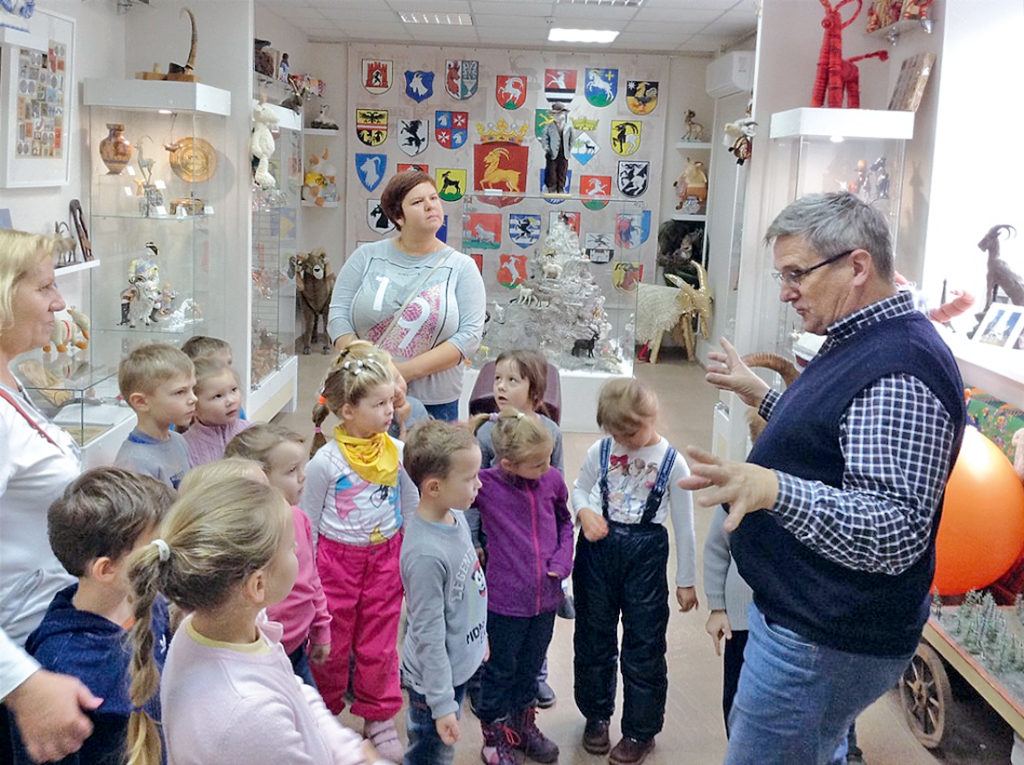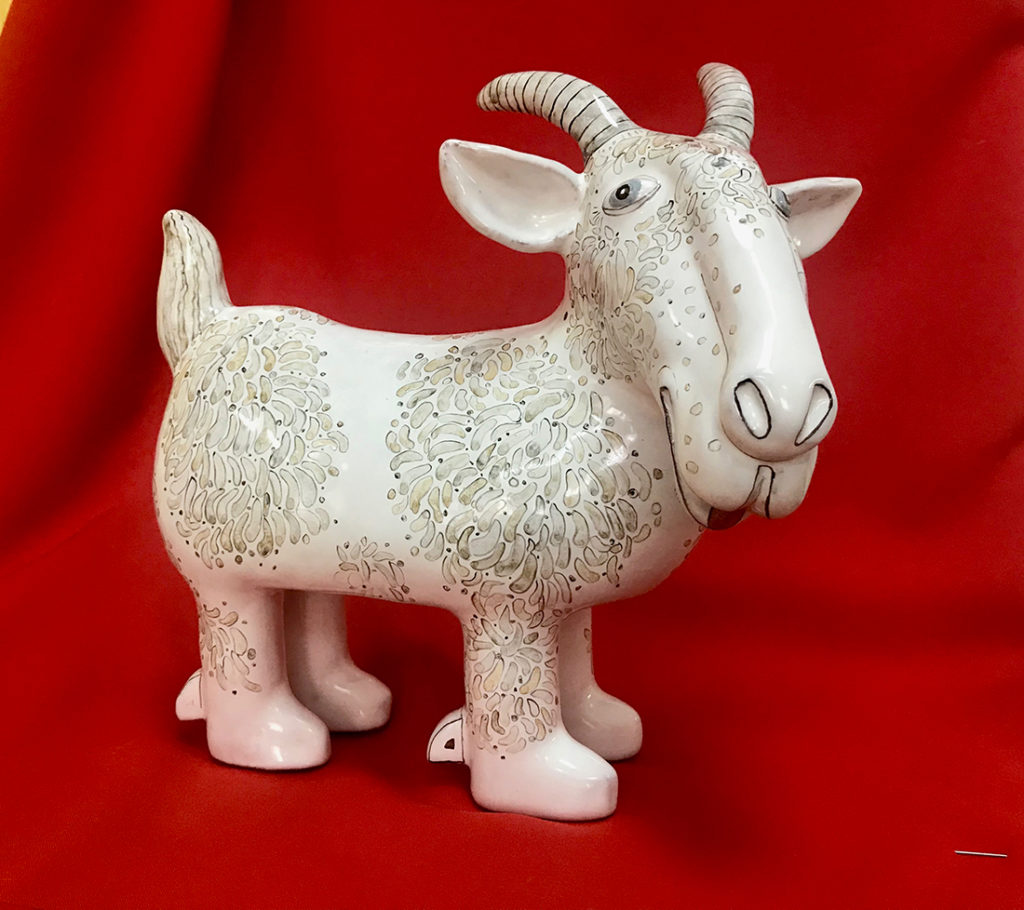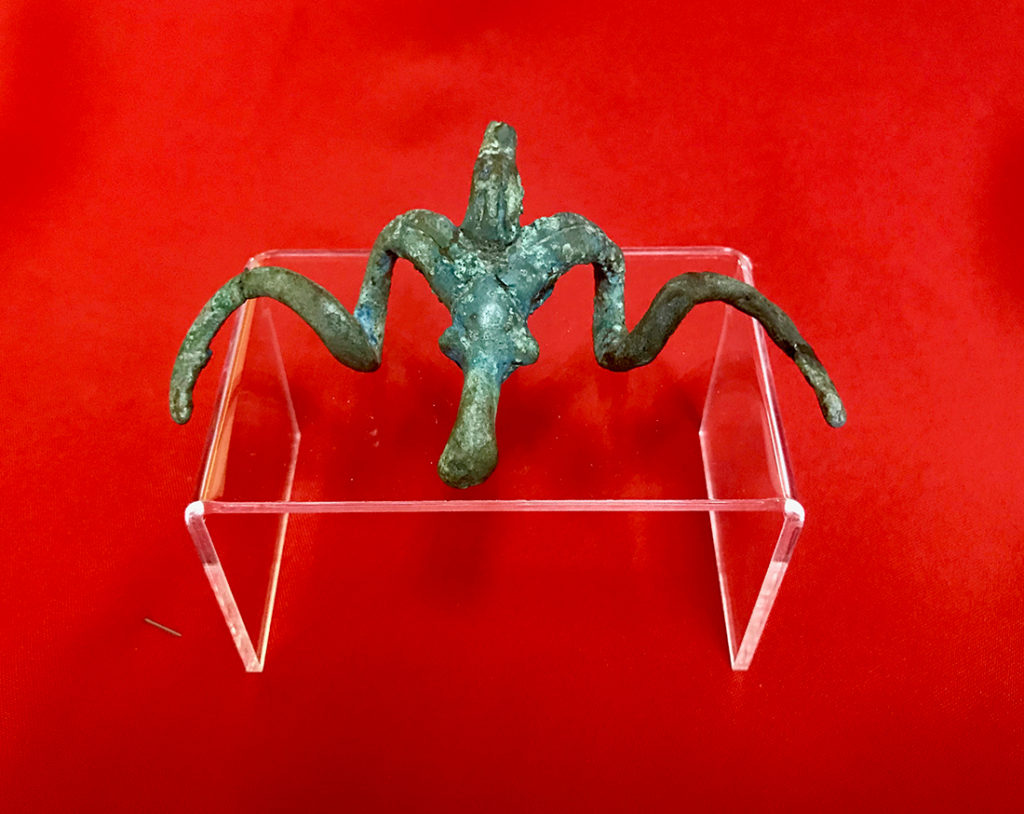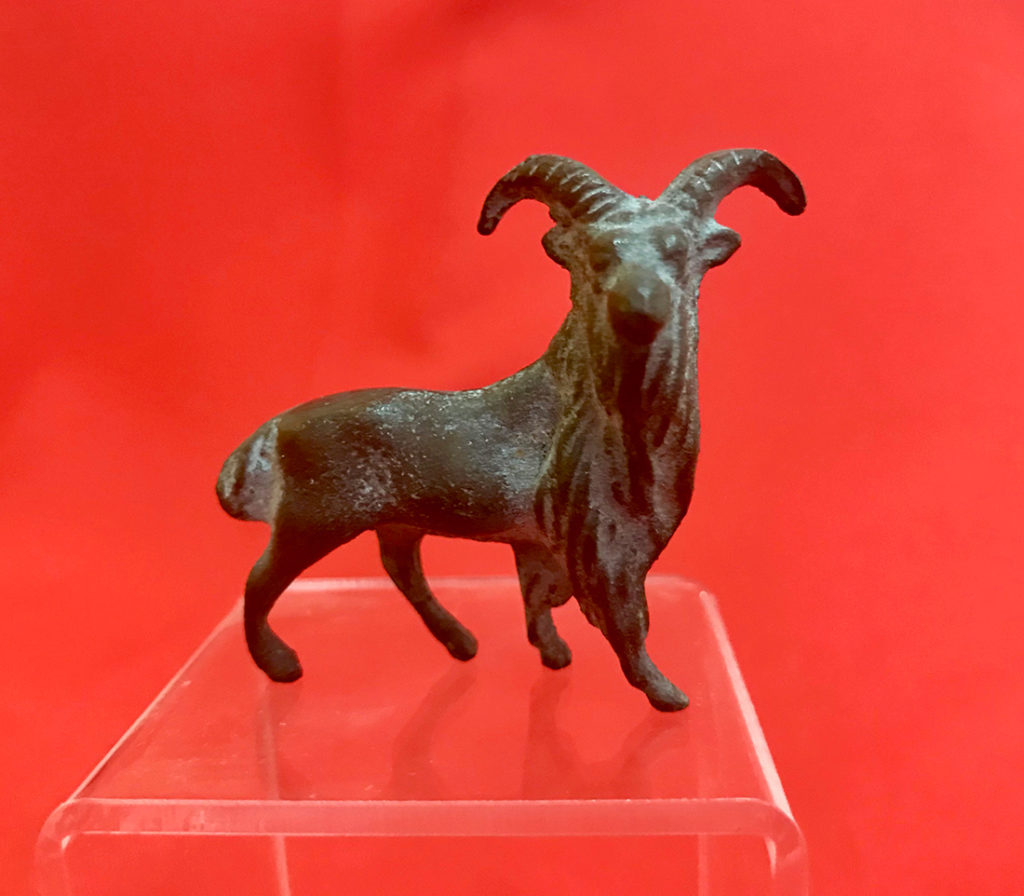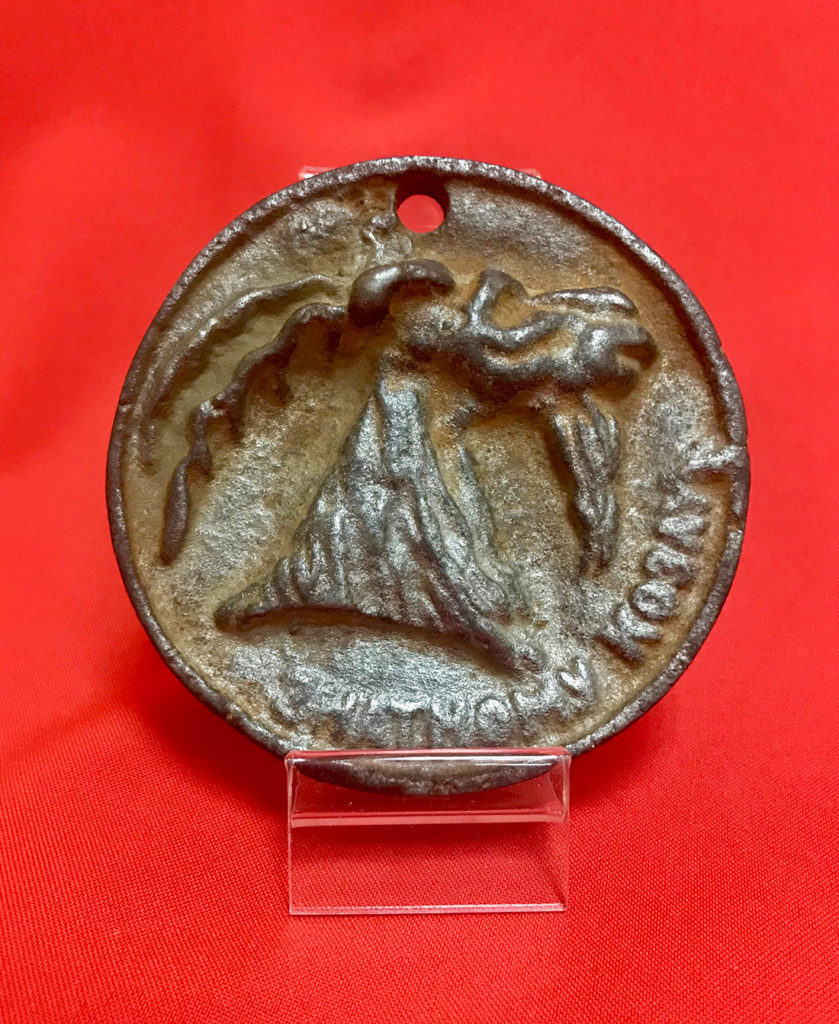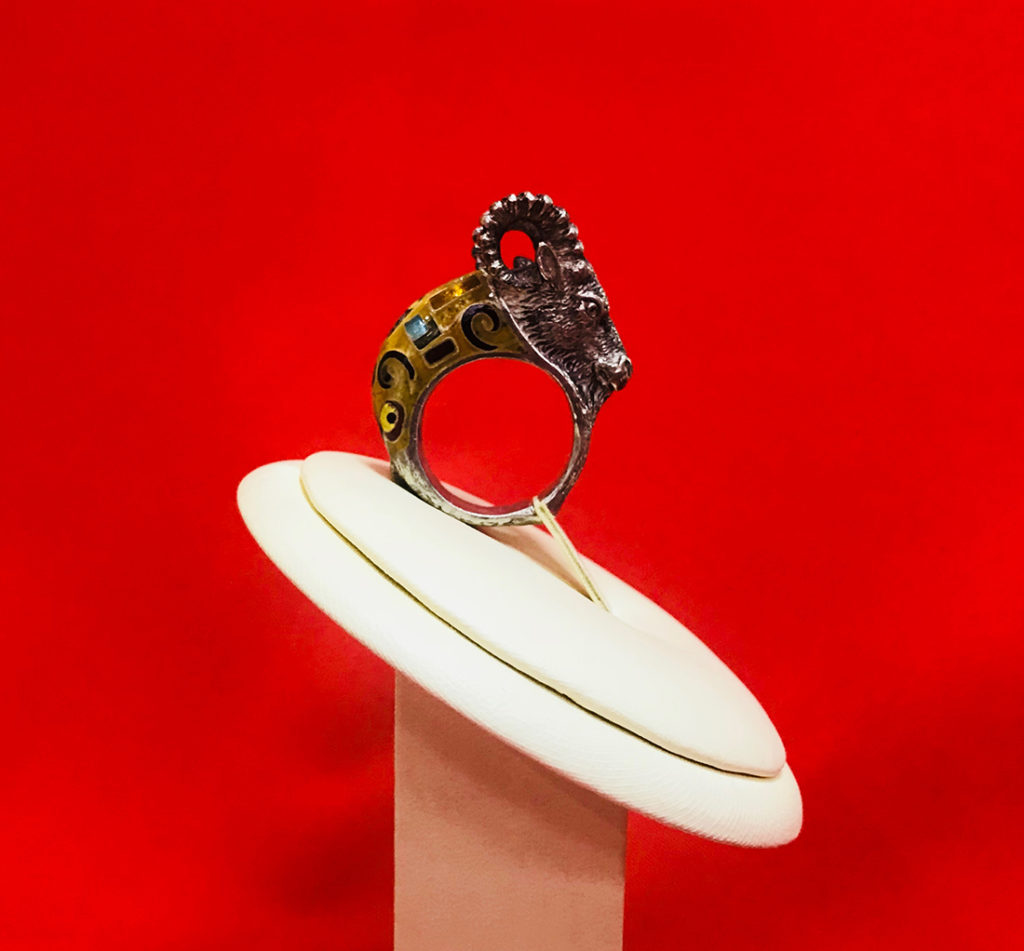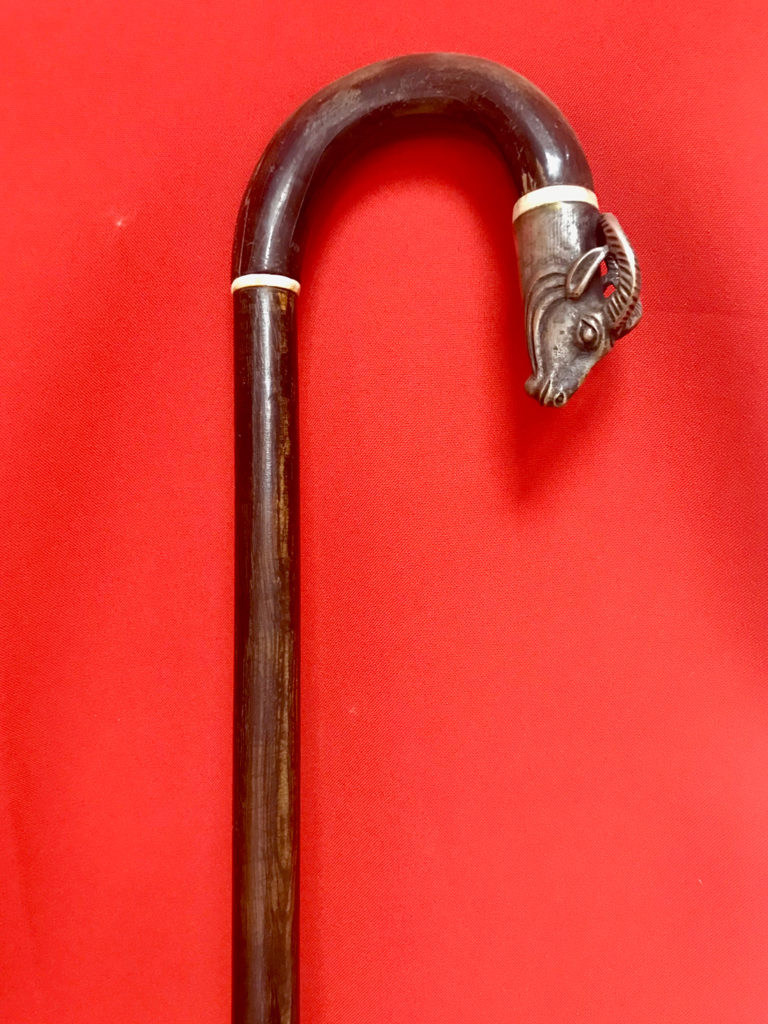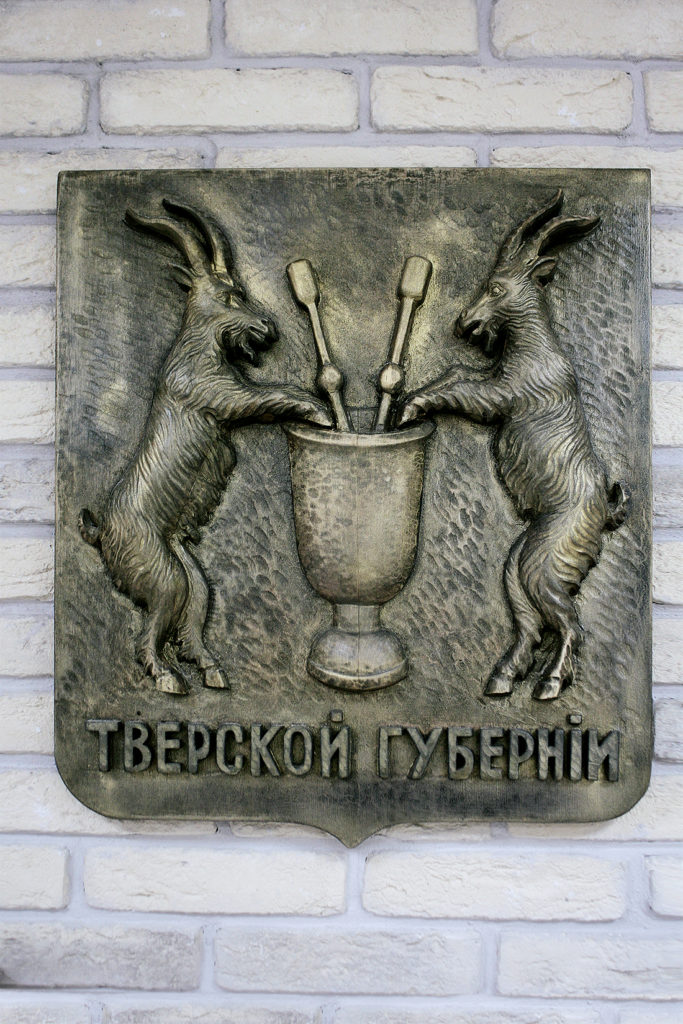The Museum of the Goat in Tver
Tver Oblast
Contact information
Operating hours
Tuesday – Saturday: 10:00-18:00
Sunday: 12:00-19:00
Monday: closed
Ticket price
Adults – 100 rubles
Privilege tickets – 50 rubles
Founder of the museum
Lavrenov Vladimir Ilyich
Founded
2008
The Museum of the Goat in Tver was founded by the historian Vladimir Lavrenov in 2008, after a period of long and hard work. Is it not a joke: nowadays, to open not a mouse museum, nor a giraffe or a beaver museum, but a goat museum, seems comical! Everything started with a newspaper joke that it was high time to open a museum dedicated to such a flamboyant and complex character of regional history. No wonder that for several centuries, residents of Tver have been called goats. The Ryazan people are called contorted bellies because of axes they used to wear behind the belly that seemed to contort them. The Pscovites are called bumpkins who used to make hardware, but as to the Permyaks, they are young pickles. For some people such nicknames sound offensive, but others find it laughable and funny. The most important thing to take everything with the proper humor characteristic of the Russian person.
Well, as they say, one had to be responsible for words. In 2006, collecting activities related to the goat theme began. Vladimir Lavrenov, who had significant collection of coats of arms, flags and the most various heraldic materials, was began to collect goats. He did not know anything about how to collect them. Therefore, the first exhibit was bought for 50 rubles at Tver Bazaar – an old children’s toy in the form of a small, plastic toy goat on little wheels.
Then things got better. It turned out that almost every Russian home had its own goat, namely a little figurine of a goat, a little book or a postcard. Exhibits flowed in like a river and, very soon, submissions needed to be limited because the goat theme ceased to have any visible borders. When it became clear that the goat is not only a cloven-footed animal but also a whole phenomenon of world civilization, the idea of exposition came to fruition.
Since October 21st, 2014 the museum has been located in the suburbs of Tver in the academic building of the branch of Russian State University for the Humanities (RSU for the Humanities). It serves as an educational museum, although since 2008 the fame of it has spread far and wide, no joke!
The Museum has always been an active participant in the city holidays of Tver, visited the Museum of she-goat in Uryupinsk, and showed its goat riches at many different forums and tourist service fairs. The museum conducts research work on the goat theme as a universal phenomenon. Therefore, the museum became engaged the scientific and fun activity of goat teaching. The museum researches everything that relates to the Tver goat theme.
At present time the museum includes more than 5,000 exhibits from 40 countries. The museum holds seminars and lectures, and also offers educational and entertaining programs for both adults and children. The slogan of the museum: «In our museum you may not answer for goat».
The museum consists of three halls. The first hall is dedicated to the goat as a phenomenon of the world civilization. The second hall discloses the concept «Tver goats» in all varieties and versions. The third hall is filled with exhibitions, including «Tver Heraldry», «Heraldry of Great Britain», «Tako is terrible and invincible: the image of unicorn in the symbolism of Europe», and «Goat rare things»
In the halls of the Museum on specially equipped, lit museum shelves, various of different historical periods and epochs are displayed. These range from the 14th century BC (including pieces of necklace with images of little goats) to modern designer interpretations of the goat image. The original items include a figurine of a Roman goat from the 4th century, ancient figurines, hairpins, pieces of diadems, Greek coins of Macedonia, Eloids and Fesallonics, tableware, snuffbox, cufflinks and walking sticks from the 11th-20th centuries, porcelain and bronze statuettes and compositions with the image of goats, toys, and coins of the Grand Duchy of Tver. The exposition also includes copies of the Archaeological Museum of Athens (Greece), Dresden Art Gallery (Germany), the British Museum (Great Britain) and others. The total number of objects in the collection is more than 5,000 (figurines, dishes, household items, stamps, awards, coins, badges, clothing, documents, maps, wall panels made of clay, stone, wood, metal, plastic, fabric, birch bark, paper, shells, rubber, glass, silver and other materials). The Museum has the necessary fire and security systems.
